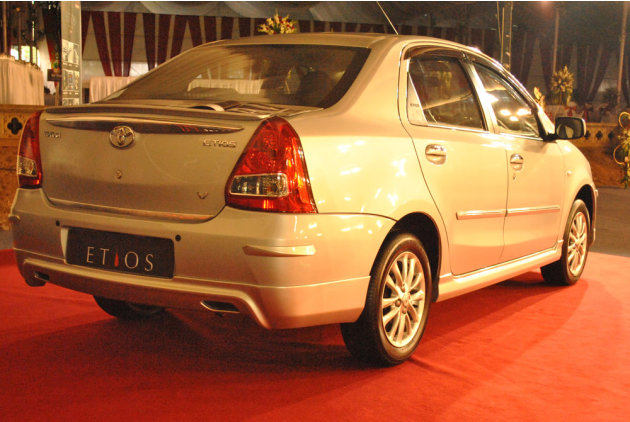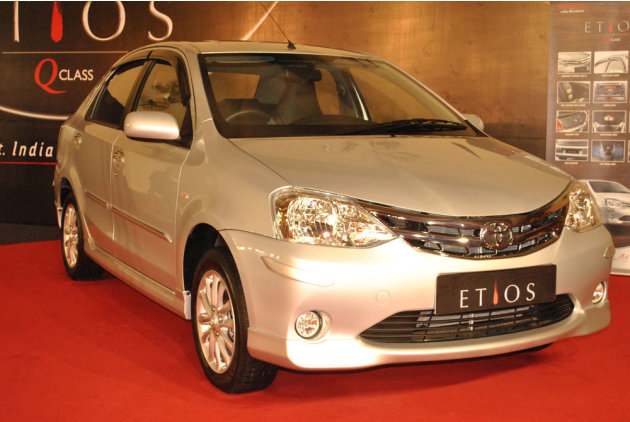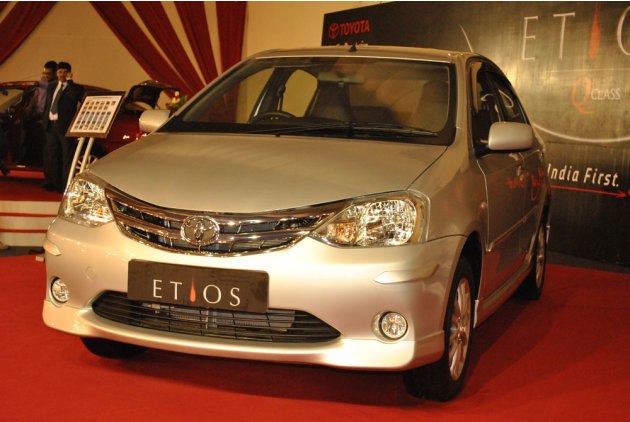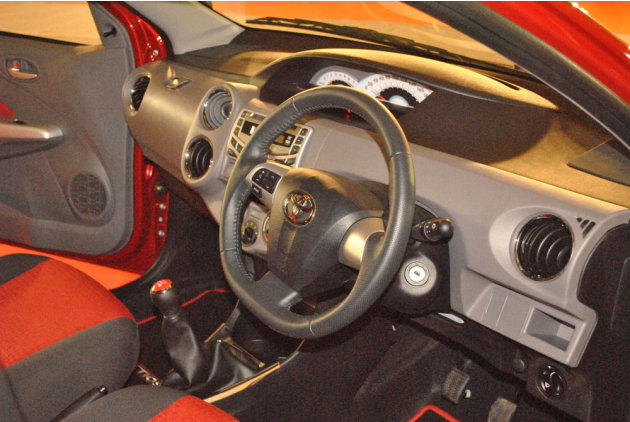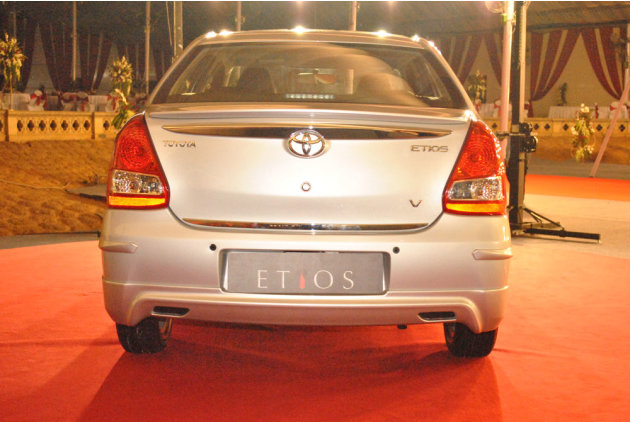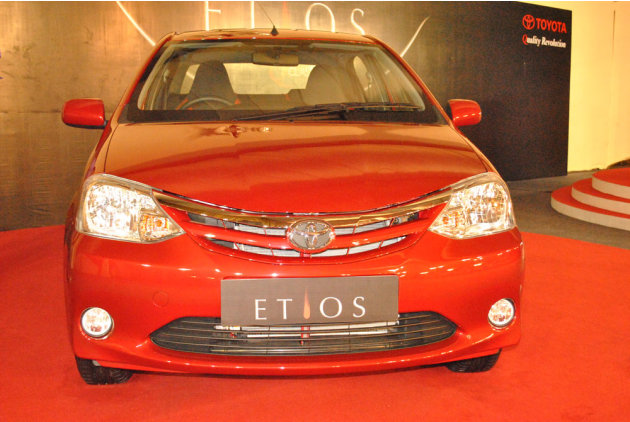When the architects of 9/11 were traced to shadowy caves in Afghanistan, the US sent thousands of troops to smoke them out and topple the Taliban regime and arm-twisted Pakistan into cooperating in the "war on terror", fuelling events that brought New Delhi and Washington closer strategically and transformed the geopolitics of South Asia.
The US-led coalition ousted the Taliban regime and installed a moderate Pashtun leader in Kabul. But little did Washington realize the military operation would drain the US exchequer even a decade later: trillions of dollars have been spent in the war without any apparent end.
Post 9/11, the contours of South Asian geopolitics were re-mapped.
Pakistan, which had slipped in the strategic calculus of the US after the Soviets quit Afghanistan, bounced back in the reckoning but with its image tarred as the epicentre of global terrorism and incalculable costs to its society and economy.
Knowing Pakistan's influence over the erstwhile Mullah Omar regime and the ISI-military combine's leverage with the jehad machine, Washington had no choice but to declare Islamabad its "major non-Nato ally" and "a frontline state" in the war against terror.
Pakistan cashed in on US desperation to nail the 9/11 architects and got at least $15 billion in counter-terror and military assistance from the US over the next decade.
"Pakistan used 9/11 to milk the US and get huge funds in the garb of operations against militants but failed to track top Al Qaeda operatives and kept on hoodwinking Washington," Satish Chandra, former deputy national security adviser of India, told IANS.
For India, 9/11 vindicated what it had said all along and provided it an opportunity to scale up its diplomatic offensive to get the world to look at Pakistan as a state sponsor of terrorism, albeit with mixed results.
"Earlier, it was their terrorism (international) versus our terrorism (Pakistan). The American establishment has come to see through Pakistan's policy of running with the hare and hunting with the hounds," former foreign secretary Lalit Mansingh said.
He added that the 2008 terror attack in Mumbai - widely seen as a shade of 9/11 - brought New Delhi and Washington closer.
But the most important long-term consequence of 9/11 was the path-breaking transformation of India-US relationship. Its crowning moment was the landmark 2008 nuclear deal.
"The big change is in the India-US relationship. Under President Bill Clinton, we were talking about counter-terror cooperation. 9/11 changed all that and brought more substance to counter-terror cooperation," said Mansingh, a former envoy to the US.
"In a sense, following 9/11, the US decided to de-hyphenate its relations with India from that of Pakistan," said Mansingh.
George Bush, the then US president, famously underlined this shift when he said that India and Pakistan were "two different nations with two different histories".
Building upon the Bush legacy, President Barack Obama declared the India-US relationship to be the defining partnership of the 21st century.
Another major consequence of 9/11 was India's return to Afghanistan as a key stakeholder -- in its reconstruction.
The topping of the Taliban regime, which New Delhi was ranged against, helped India to re-establish its footprints in a country Pakistan regards its strategic backyard.
On the flip side, India's re-entry into Afghanistan, with over $1.5 billion in aid, has become a new theatre of rivalry with Pakistan.
For other countries in the region, like Sri Lanka, 9/11 meant greater global support in handling the Tamil Tigers, who were eventually crushed in 2009.
Ten years after 9/11, South Asia has woken up to the need for greater trans-national cooperation to combat terror. Despite many terror attacks and a bruising global recession, India is seen as an emerging power with one the fastest growing economies.
Pakistan is in a relative terminal mess.
According to Shahid Javed Burki, Pakistan's former finance minister, the country has had to face "overwhelmingly negative consequences" after 9/11.
Around 15,000 Pakistanis have died in terror attacks. Home-grown militia Tehrik-e-Taliban has even targeted the military in Rawlapindi. Islamabad's duplicity in the war on terror was exposed when 9/11 mastermind Osama bin Laden was killed by US forces in its territory.
News from - http://news.in.msn.com/national/article.aspx?cp-documentid=5426340&page=0




